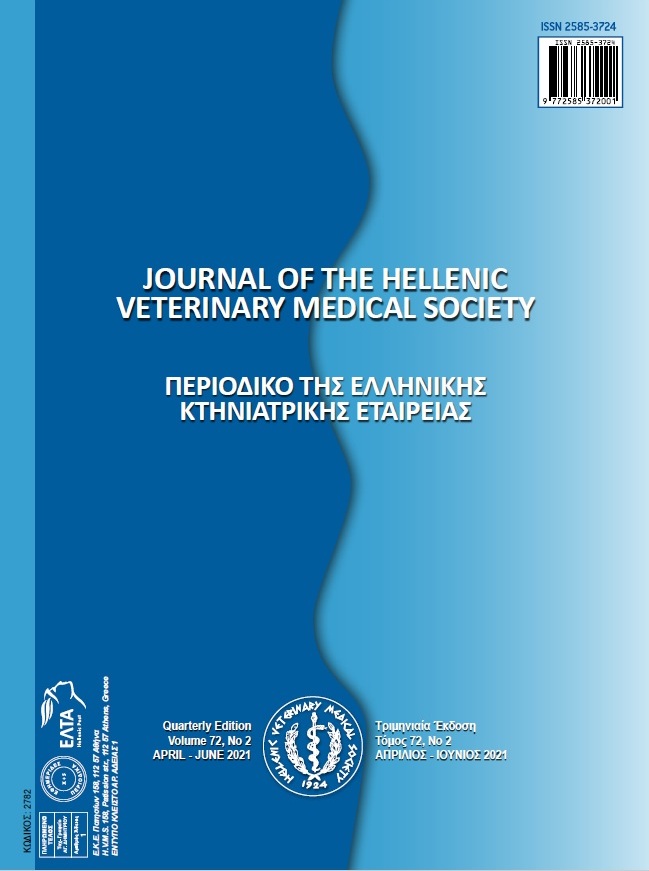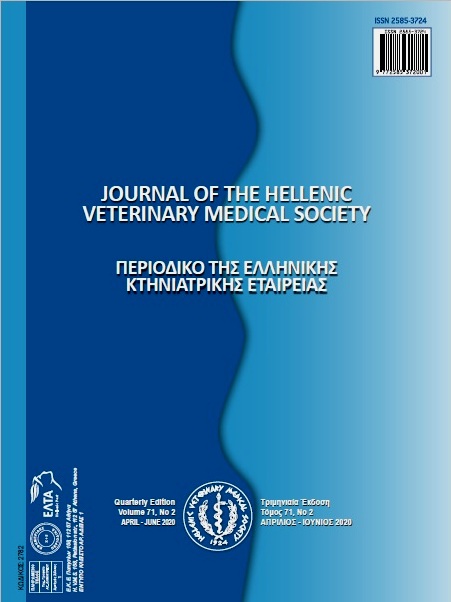Feeding with heat-killed Gordonia bronchialis affects growth performance, intestinal morphology and immunomodulation in Japanese quail (Coturnix coturnix japonica)

Abstract
Studies have shown that bacterial immunomodulators based on aerobic Actinomycetales such can switch off pre-existing Th2 preponderance and prompt Th1-mediated mechanisms, whatever the previous environmental immune priming of the individual. Gordonia bronchialis (G. bronchialis) is a Gram-positive, weakly acid-fast species of the genus Gordonia within the sub-order Corynebacteriaceae of the order Actinomycetales. In this study, the efficacy of heat-killed Gordonia bronchialis (G. bronchialis) on growth performance, immune system and intestinal structure in quail (Corurnix coturnix japonica) was evaluated. Quails (mean weight 7.8 g) were fed basal diet (control), or treatment diets containing 105 (low dose) or 106 (high dose) CFU per bird per day in food of heat-killed G. Bronchialis continuously (for 42 days). Body weight gain (BWG) and feed consumption was recorded during grower period and finisher period. On days 7, 14, 28, 35 and 42 some of the quails were sampled for analysis of Newcastle antibody titer.Interleukin-4 (IL-4), Interferon- α (IFN-α), and interferon- γ (IFN-γ) concentrations were analyzed using ELISA kits. An indirect ELISA was performed to quantifying IgA. At the end of 14, 28 and 42 days old, three chicks from each group were selected for histopathological and histomorphometrical studies. Results showed that growth performance was significantly enhanced in both treatment groups compared with the control group. Serum anti Newcastle disease virus, IL-4 and IFN-α titers were higher in low dose treatment group compared with the control group. The length of the intestinal and pyloric caeca folds was increased in the high-dose group. Meanwhile, jejunum and ileum showed the most significant morphological changes in different days of sampling, particularly in high dose group. Among the evaluated factors, villous length and intestinal crypt depth demonstrated more significant differences. This study suggests that heat-killed G. bronchialis has the potential to enhance growth, immunological parameters and the intestinal structure in Japanese quail.
Article Details
- How to Cite
-
NOFOUZI, K., ZEHTABNAJAFI, M., KHORDADMEHR, M., MADADI, M., & RANJBAR JAMALABADI, V. (2021). Feeding with heat-killed Gordonia bronchialis affects growth performance, intestinal morphology and immunomodulation in Japanese quail (Coturnix coturnix japonica). Journal of the Hellenic Veterinary Medical Society, 72(2), 2851–2860. https://doi.org/10.12681/jhvms.27522
- Issue
- Vol. 72 No. 2 (2021)
- Section
- Research Articles

This work is licensed under a Creative Commons Attribution-NonCommercial 4.0 International License.
Authors who publish with this journal agree to the following terms:
· Authors retain copyright and grant the journal right of first publication with the work simultaneously licensed under a Creative Commons Attribution Non-Commercial License that allows others to share the work with an acknowledgement of the work's authorship and initial publication in this journal.
· Authors are able to enter into separate, additional contractual arrangements for the non-exclusive distribution of the journal's published version of the work (e.g. post it to an institutional repository or publish it in a book), with an acknowledgement of its initial publication in this journal.
· Authors are permitted and encouraged to post their work online (preferably in institutional repositories or on their website) prior to and during the submission process, as it can lead to productive exchanges, as well as earlier and greater citation of published work.



